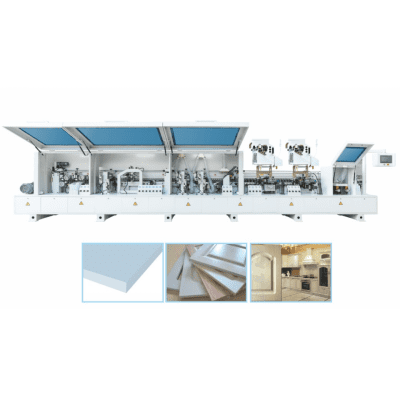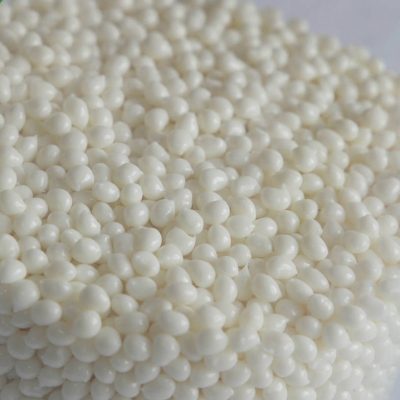EVA (Ethylene Vinyl Acetate) and PUR (Polyurethane Reactive) are two different types of adhesives used in the production of edgebanding, which is applied to the edges of panels, such as those used in furniture manufacturing. Here are the key differences between EVA and PUR edgebanding glue:

EVA (Ethylene Vinyl Acetate) Edgebanding Glue:
- Application:
- EVA glue is applied in a hot-melt state during the edgebanding process. It is heated to a molten state, applied to the edge, and then solidifies as it cools.
- Activation Temperature:
- EVA adhesives have a relatively low activation temperature, typically ranging from around 150 to 180 degrees Celsius (302 to 356 degrees Fahrenheit).
- Bonding Time:
- EVA adhesive offers a fast bonding time. The bond is usually achieved quickly after application and cooling.
- Workability:
- EVA edgebanding is known for its ease of workability. It can be easily trimmed and processed after application.
- Application Methods:
- EVA is suitable for various application methods, including hot air, infrared, or laser application systems.
- Color Clarity:
- EVA adhesives generally provide good color clarity and transparency, which can be important when the edgebanding is applied to surfaces with visible colors or patterns.

- EVA adhesives generally provide good color clarity and transparency, which can be important when the edgebanding is applied to surfaces with visible colors or patterns.
PUR (Polyurethane Reactive) Edgebanding Glue:
- Application:
- PUR glue is applied in a liquid state and cures (reacts) over time. It does not require immediate cooling for bonding.
- Activation Temperature:
- PUR adhesives have a higher activation temperature compared to EVA, typically ranging from around 120 to 150 degrees Celsius (248 to 302 degrees Fahrenheit).
- Bonding Time:
- PUR adhesives offer a longer open time, allowing for extended bonding time. The curing process continues over hours or days, resulting in a strong and durable bond.
- Workability:
- PUR edgebanding may be less forgiving when it comes to post-application workability. Once cured, it can become more challenging to trim or process.
- Application Methods:
- PUR is often applied using specialized application equipment. The adhesive is typically applied to the edge using a nozzle system.
- Heat Resistance:
- PUR adhesives are known for their heat resistance, making them suitable for applications where the bonded edges may be subjected to high temperatures.
- Water Resistance:
- PUR adhesives offer excellent water resistance, making them suitable for applications where the edgebanding may be exposed to moisture.
Precautions for EVA and PUR edge banding adhesive:
- Application Equipment:
- The choice between EVA and PUR may depend on the equipment available for the edgebanding process. PUR adhesives often require specialized application systems.
- Bond Strength:
- Both EVA and PUR adhesives can provide strong and durable bonds. The choice may depend on specific performance requirements and the application environment.
- Post-Application Processing:
- Consider the need for post-application processing. EVA may offer greater ease of workability, while PUR provides a longer open time during application.
Ultimately, the choice between EVA and PUR edgebanding glue depends on the specific requirements of the application, including bonding characteristics, workability, and environmental considerations.

